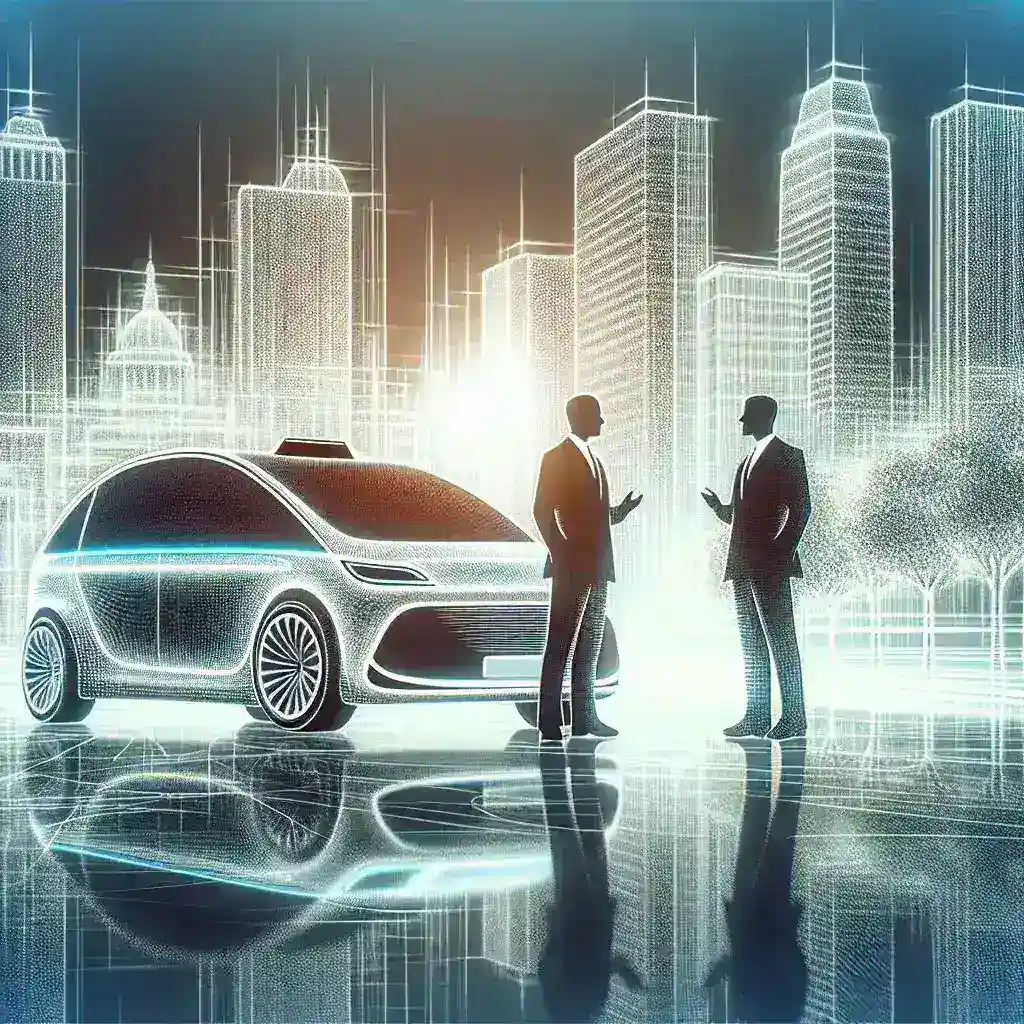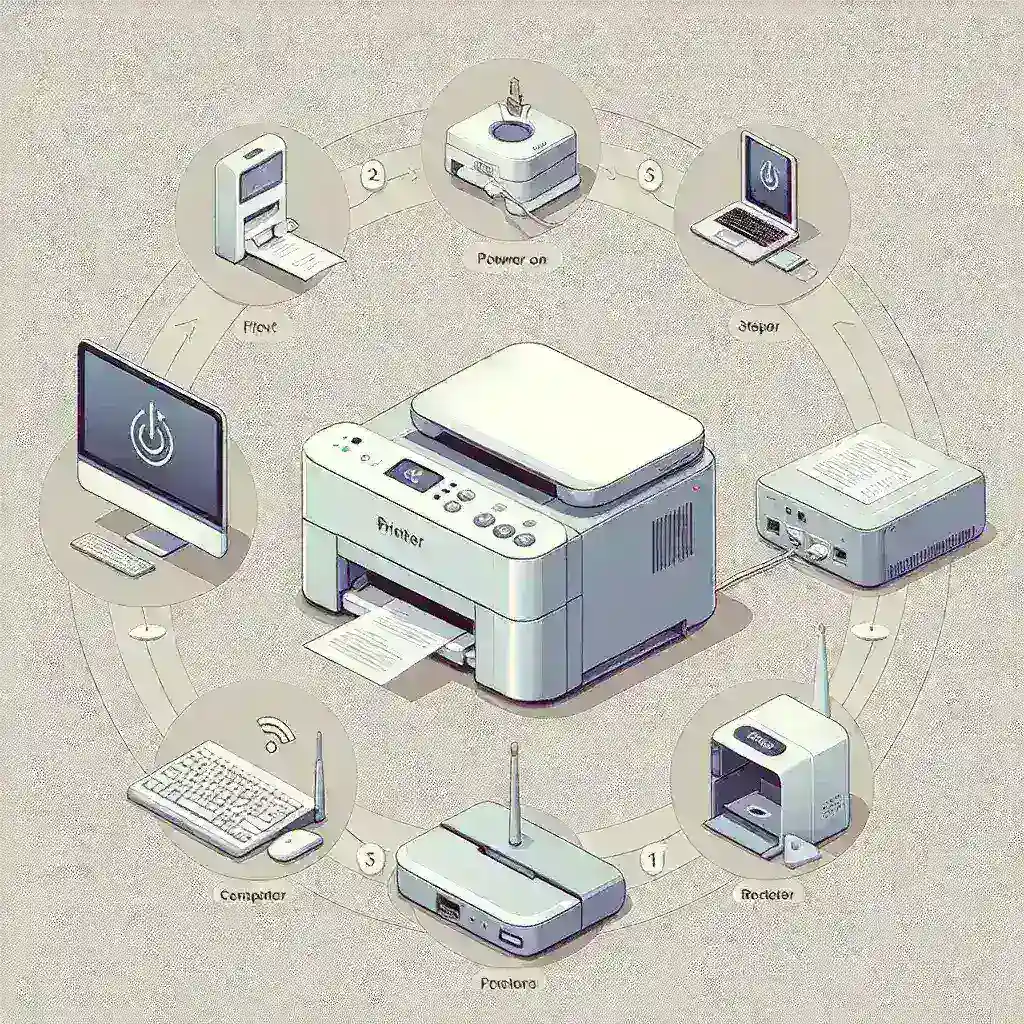Introduction
The partnership between Lyft and Baidu represents a significant step in the evolution of autonomous vehicle technology. As both companies engage in talks to expand their collaboration in robotaxi operations within U.S. markets, the potential implications for urban transportation, regulatory frameworks, and consumer behavior are immense. This article delves into the details of their partnership, the historical context of both companies, and predictions for the future of robotaxis in America.
Historical Context of Lyft and Baidu
Lyft, founded in 2012, quickly became a household name in the ridesharing industry, competing primarily with Uber. Its focus on providing a user-friendly, community-oriented service helped it capture a significant market share in the United States. On the other hand, Baidu, often referred to as the ‘Google of China,’ has heavily invested in artificial intelligence and autonomous driving technologies since its inception in 2000. The company has been a pioneer in developing autonomous vehicle systems and is eager to expand these innovations beyond its home market.
The Genesis of Their Partnership
The initial partnership between Lyft and Baidu was forged in 2017, when the two tech giants joined forces to explore opportunities in autonomous driving. This collaboration has been fueled by their shared vision of revolutionizing transportation through cutting-edge technology. With Lyft’s established presence in the U.S. and Baidu’s technical expertise, the collaboration seemed promising from the outset.
Recent Developments in Partnership Talks
As of late 2023, discussions between Lyft and Baidu have intensified, focusing on the expansion of robotaxi services in various U.S. markets. Both companies recognize the growing demand for convenient, affordable, and efficient transportation solutions, particularly in urban areas. These talks are expected to lead to the implementation of advanced robotaxi fleets that utilize Baidu’s autonomous driving technology integrated into Lyft’s platform.
Potential Benefits of the Partnership
Enhanced Customer Experience
By leveraging Baidu’s AI-driven technology, Lyft aims to improve its user experience substantially. The robotaxi service will offer seamless rides that require minimal human intervention, providing customers with a reliable mode of transportation without the need for human drivers.
Cost Efficiency
Robotaxis promise to reduce operational costs in the long run. With reduced labor costs and optimized routing algorithms, Lyft can offer competitive pricing. This model could potentially disrupt traditional taxi services and lower overall transportation costs for consumers.
Technological Innovation
The partnership will foster innovations in both companies. Baidu’s commitment to artificial intelligence will allow Lyft to stay ahead of the technological curve, while Lyft’s market insights can guide Baidu’s development of user-friendly autonomous systems.
Challenges and Risks
Regulatory Hurdles
The journey towards widespread robotaxi adoption is not without challenges. Regulatory frameworks governing autonomous vehicles vary significantly across states and municipalities, which could impede the rapid deployment of robotaxi services. Lyft and Baidu must navigate these complexities to ensure compliance and safety.
Public Perception
Consumer trust in autonomous vehicles is still developing. Many individuals express skepticism about the safety and reliability of self-driving cars. Lyft and Baidu will need to implement robust public education campaigns to alleviate concerns and promote the benefits of robotaxi services.
Technological Limitations
Despite significant advancements, autonomous driving technology faces limitations, particularly in unpredictable environments or adverse weather conditions. Continuous improvement and testing will be essential for the success of robotaxi operations.
The Future of Robotaxis in the U.S.
As Lyft and Baidu continue their partnership talks, the future of robotaxis in the U.S. appears promising yet complex. Experts predict that by 2030, a significant portion of urban transportation could be handled by autonomous vehicles. With the continual refinement of technology and increasing acceptance by the public, robotaxis might become a common sight on city streets.
Market Trends and Projections
- Growth of Autonomous Vehicle Market: The autonomous vehicle market is expected to reach $557 billion by 2026, with significant contributions from robotaxi services.
- Urbanization: As cities expand, the demand for efficient transport solutions will rise, paving the way for robotaxis.
- Environmental Factors: Robotaxis could reduce traffic congestion and lower carbon emissions, aligning with global sustainability goals.
Conclusion
The expansion of partnership talks between Lyft and Baidu marks a pivotal moment in the evolution of transportation in the U.S. As they navigate the complexities of launching robotaxi services, the potential benefits and challenges will shape not only their futures but also the future of urban mobility. With a shared commitment to innovation and customer experience, Lyft and Baidu are poised to play a significant role in leading the charge toward an autonomous transportation revolution.
Expert Insights
Industry analysts suggest that successful robotaxi operations will depend on how well Lyft and Baidu can address regulatory challenges and public concerns. According to Dr. Emily Carter, a leading expert in autonomous vehicle technology, “The collaboration between these two giants could redefine urban transportation if executed effectively. However, it will require not just technological innovation but also a concerted effort to build public trust and navigate the complex regulatory landscape.”
Final Thoughts
The collaboration between Lyft and Baidu represents more than a business partnership; it symbolizes a transformative journey toward the realization of autonomous transportation. As discussions progress, the world watches closely, anticipating the day when robotaxis become a part of everyday life.





